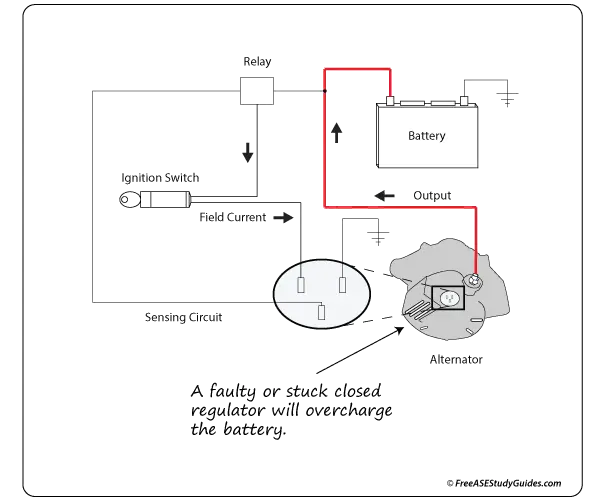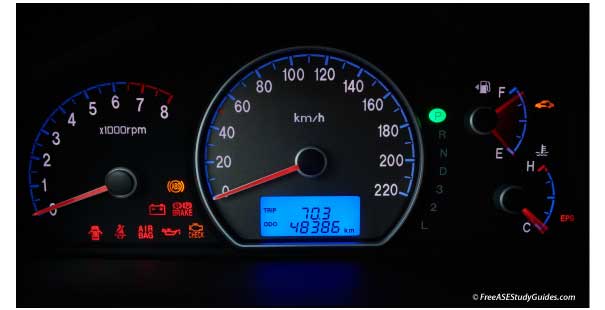Charging System Voltage Regulation

The alternator, not the battery, supplies power to the vehicle's electrical system whenever the engine runs. Without the alternator, the battery eventually loses its charge. The electrical system relies on the alternator to produce this necessary voltage.
Without voltage regulation, the alternator would produce unrestricted voltage. Some alternators produce up to 250 volts, quickly overcharging the battery. This excessive voltage can affect the vehicle's electrical system and damage sensitive electronic components.

On many late-model vehicles, computers control voltage regulation to adapt to system demand. It relies on inputs like battery temperature and system demand. It then uses pulse-width modulation (PWM) with far greater accuracy than electromechanical and electronic regulators (see illustration). The alternator or the PCM's sensing circuit senses available voltage to change the field circuit's input. An alternator's output is proportional to the field circuit's input.

The more voltage at the alternator's field circuit, the greater the alternator's output. The lower the field circuit's voltage input, the lower the alternator's output. High charging system output affects the headlights and sensitive electronic circuits like instrument clusters and computers, which can quickly overheat and burn from excessive voltage.